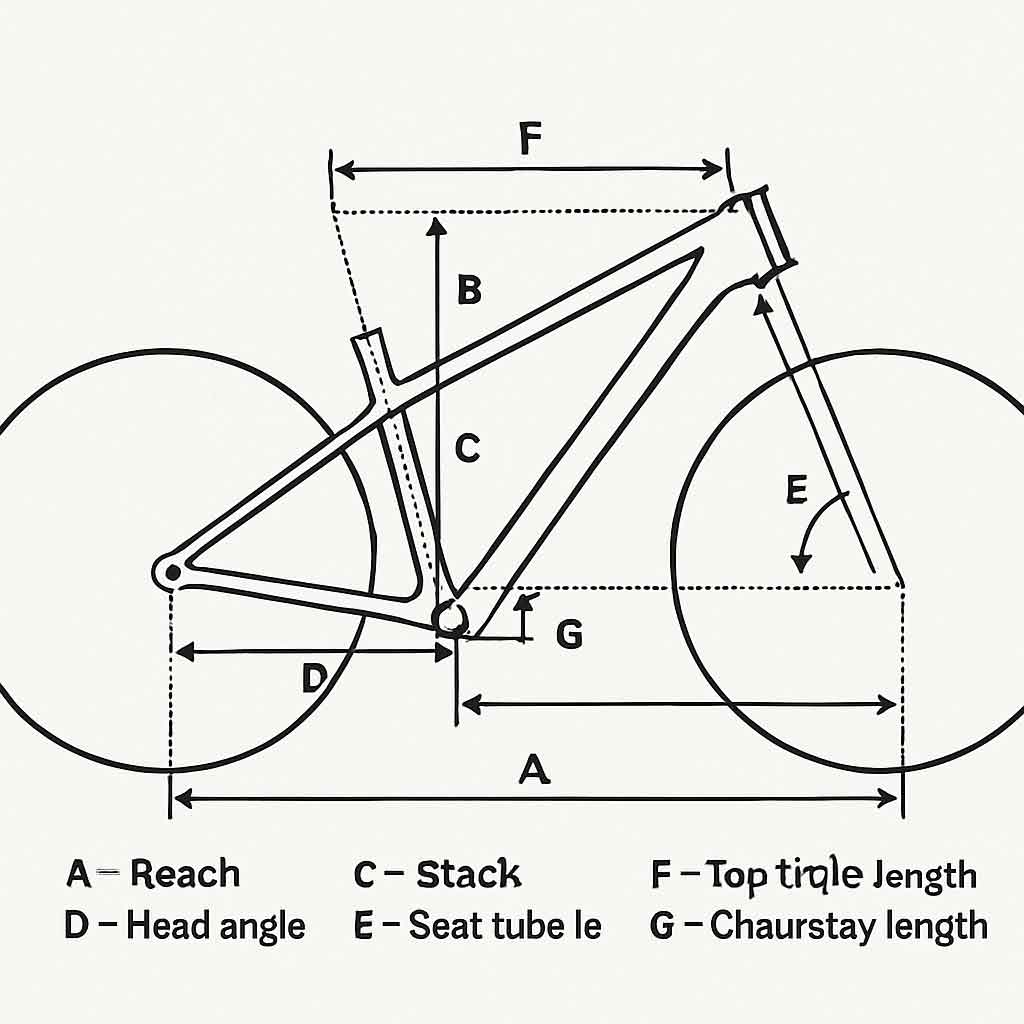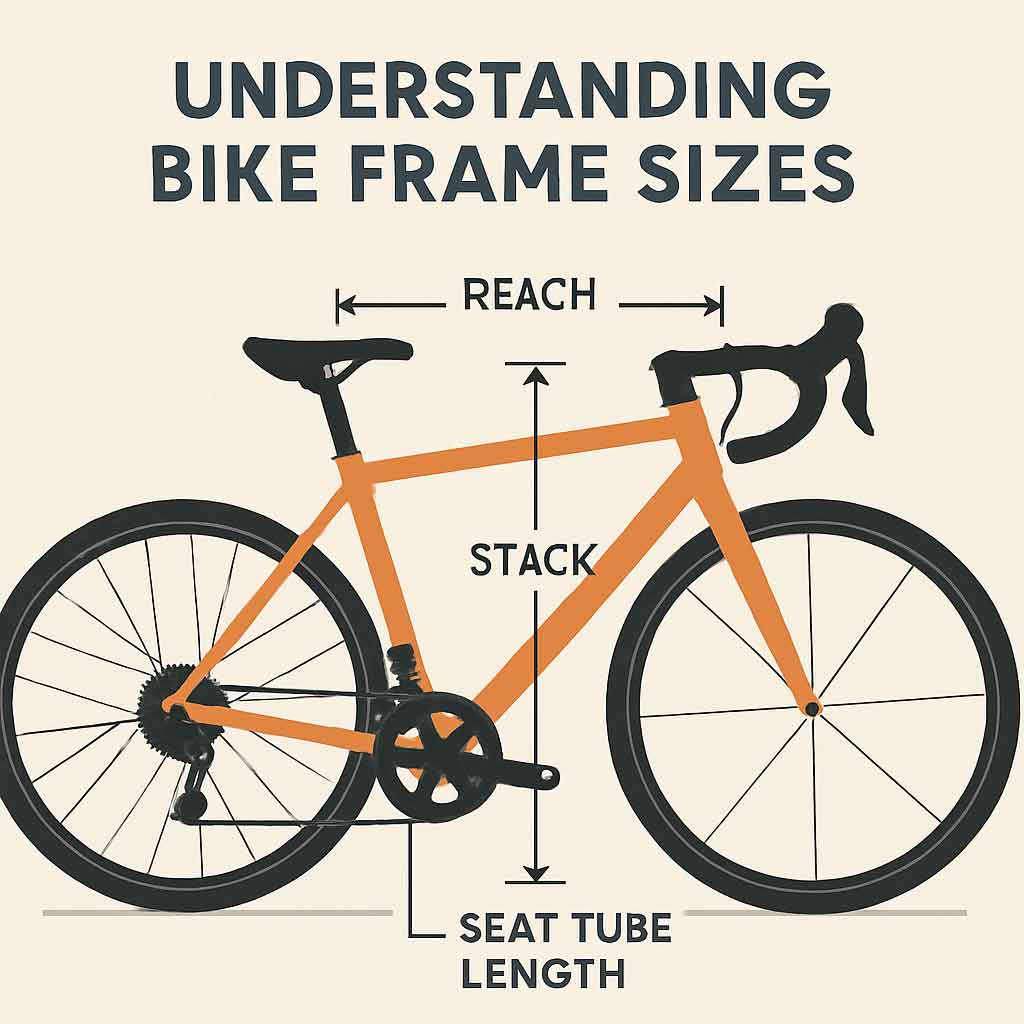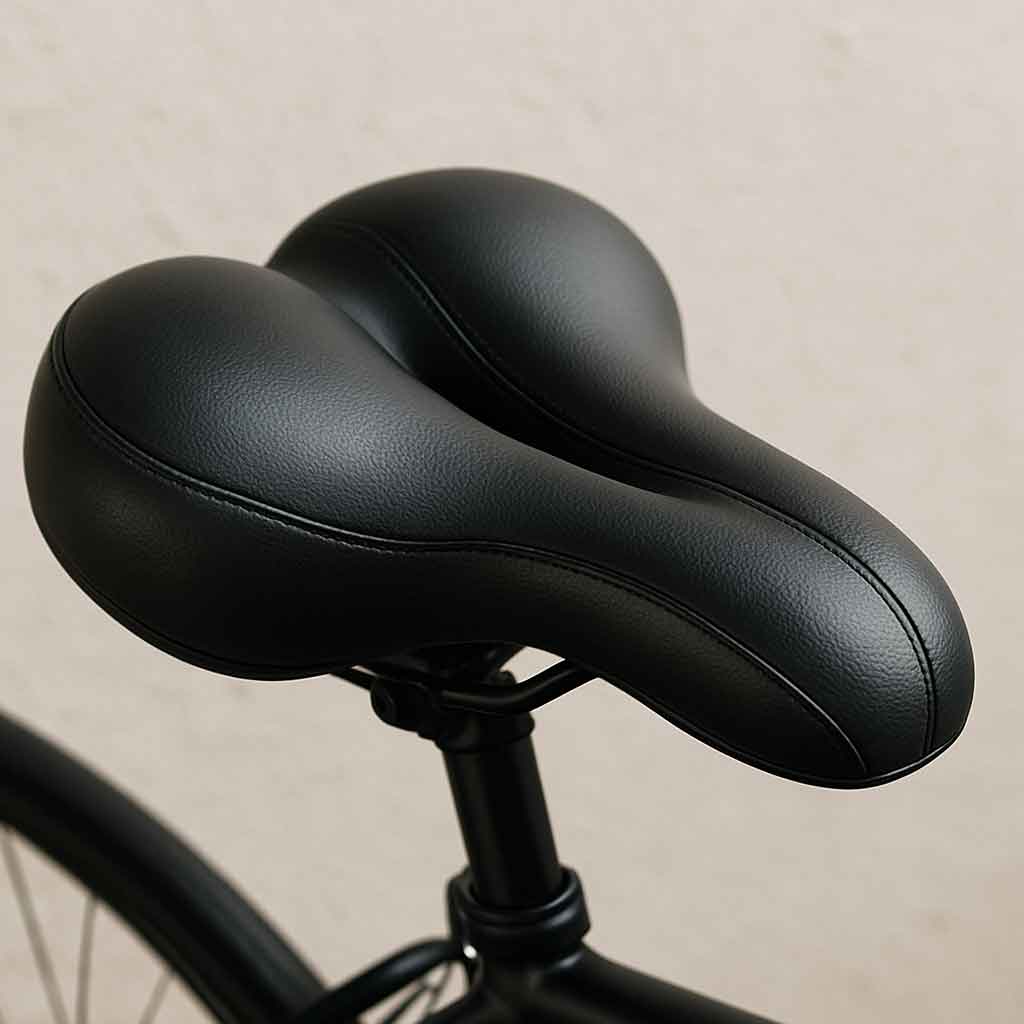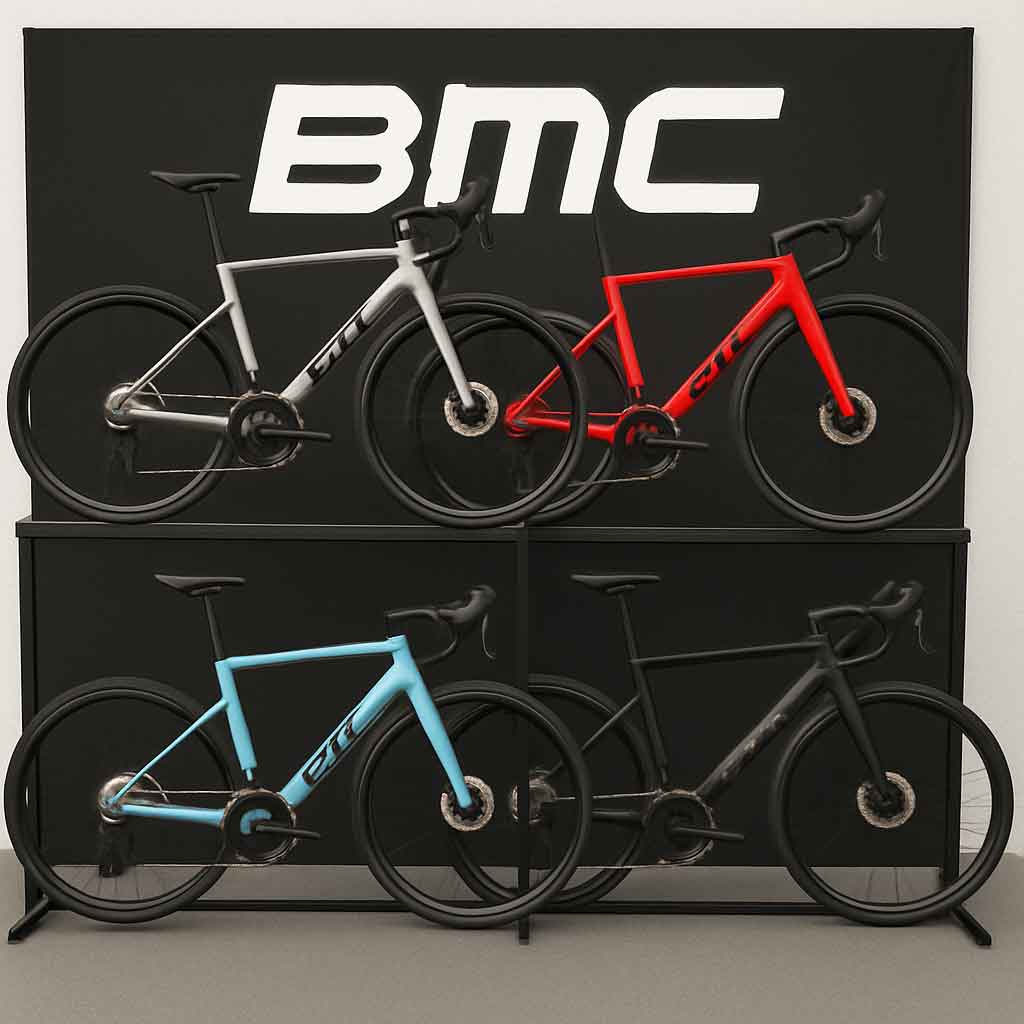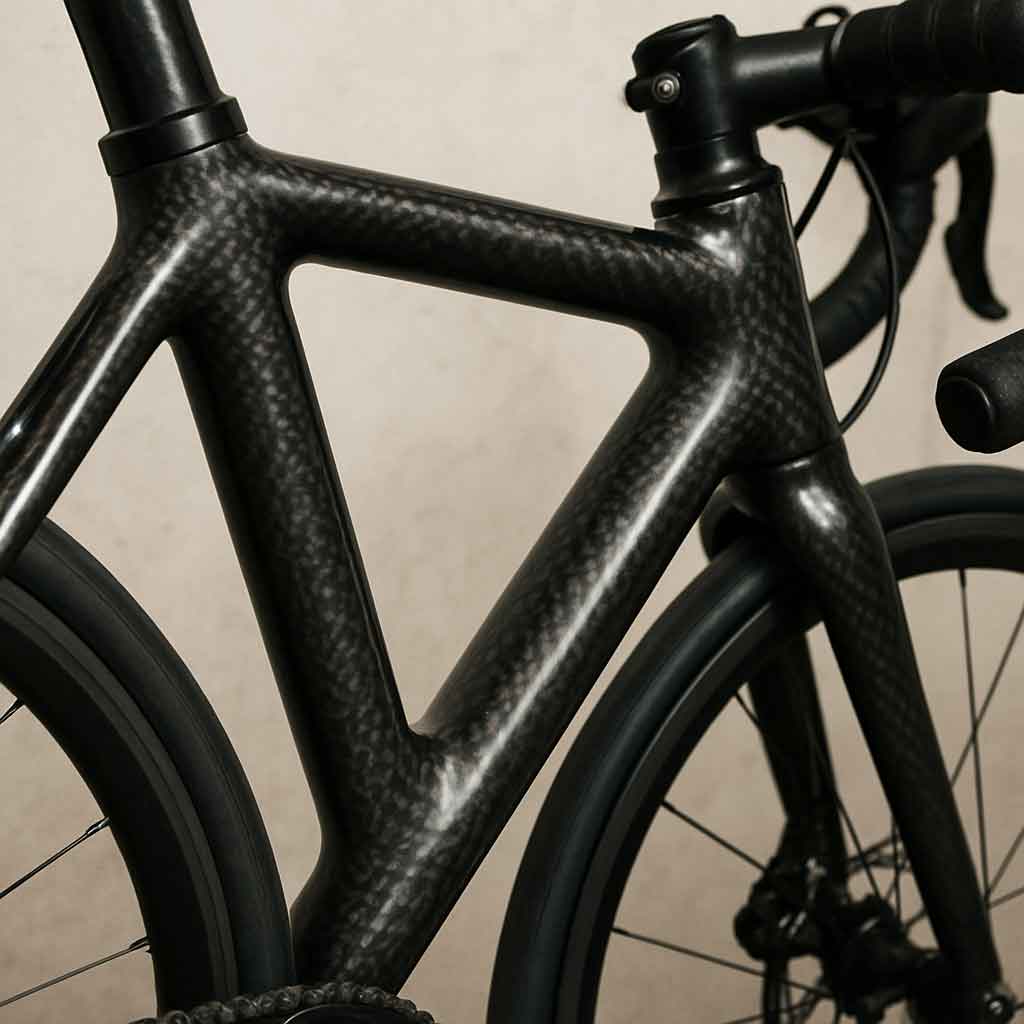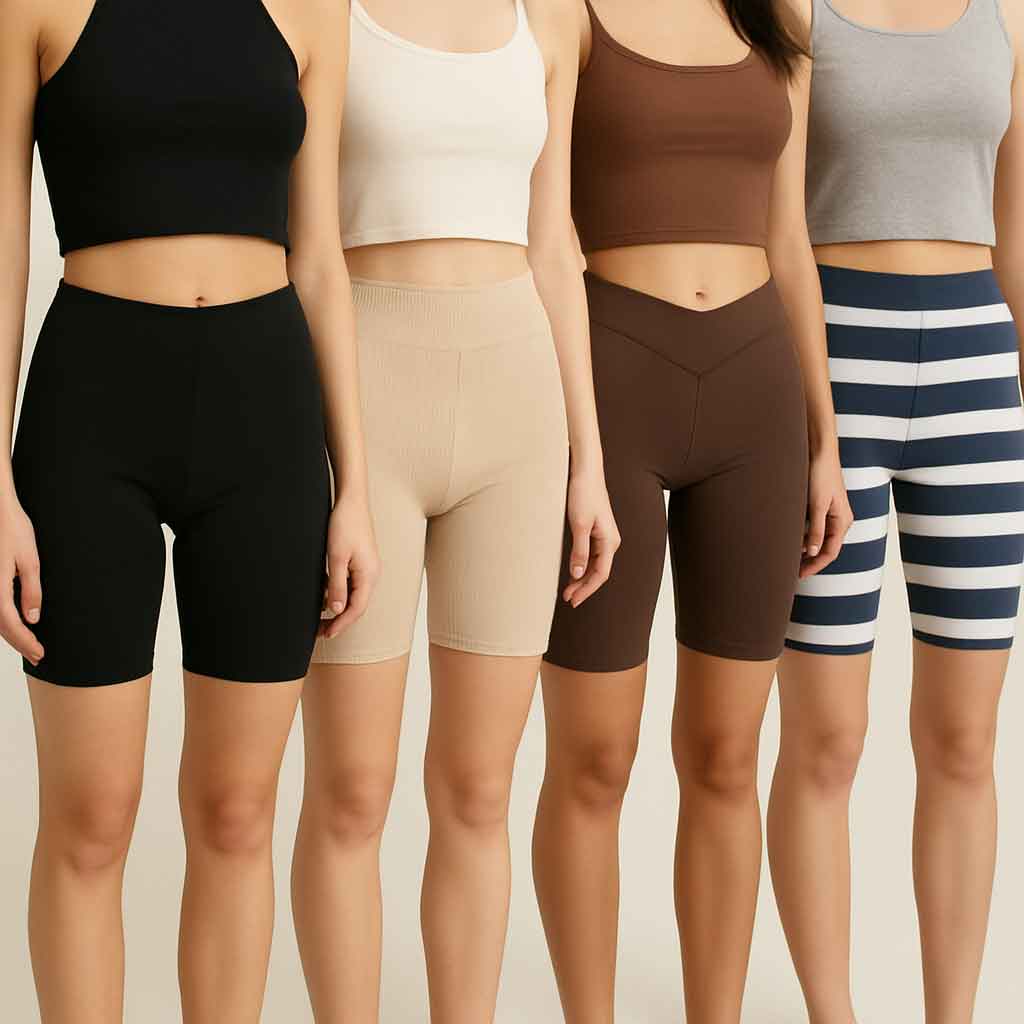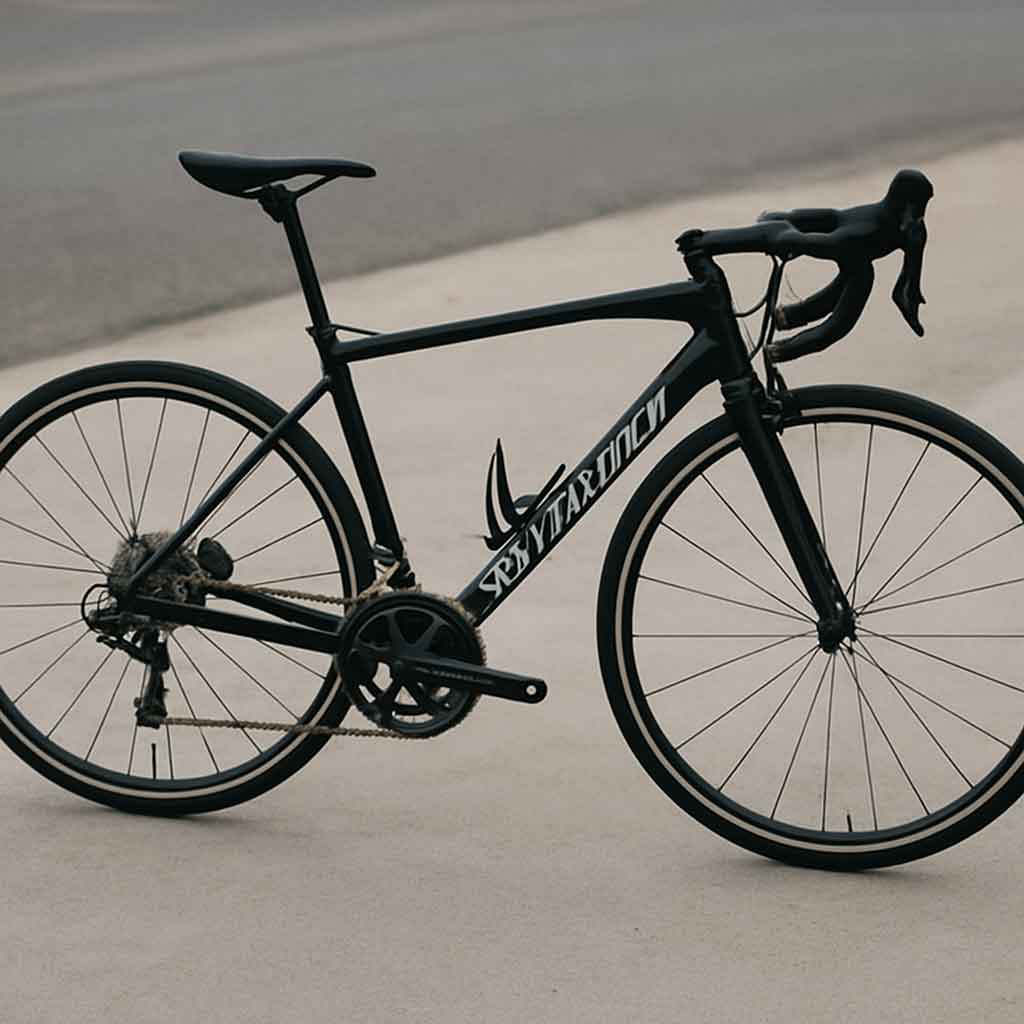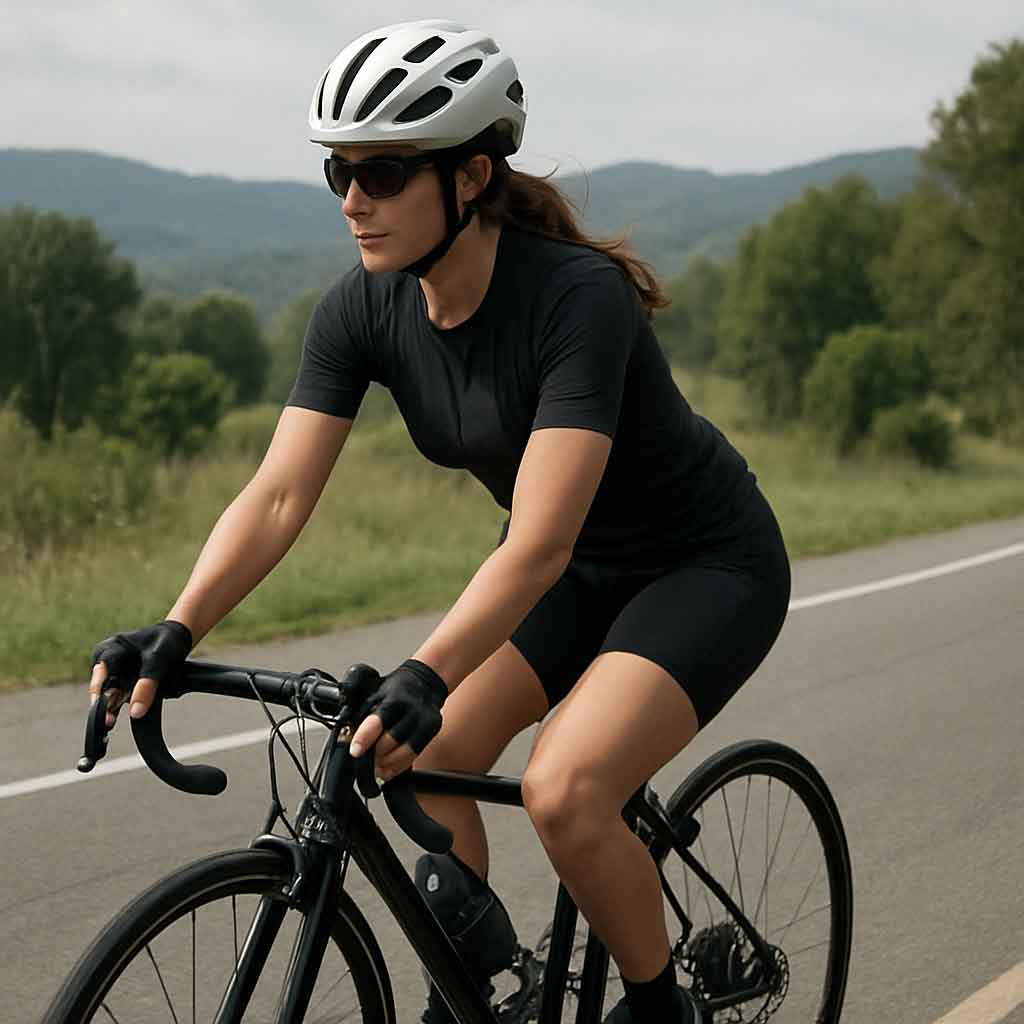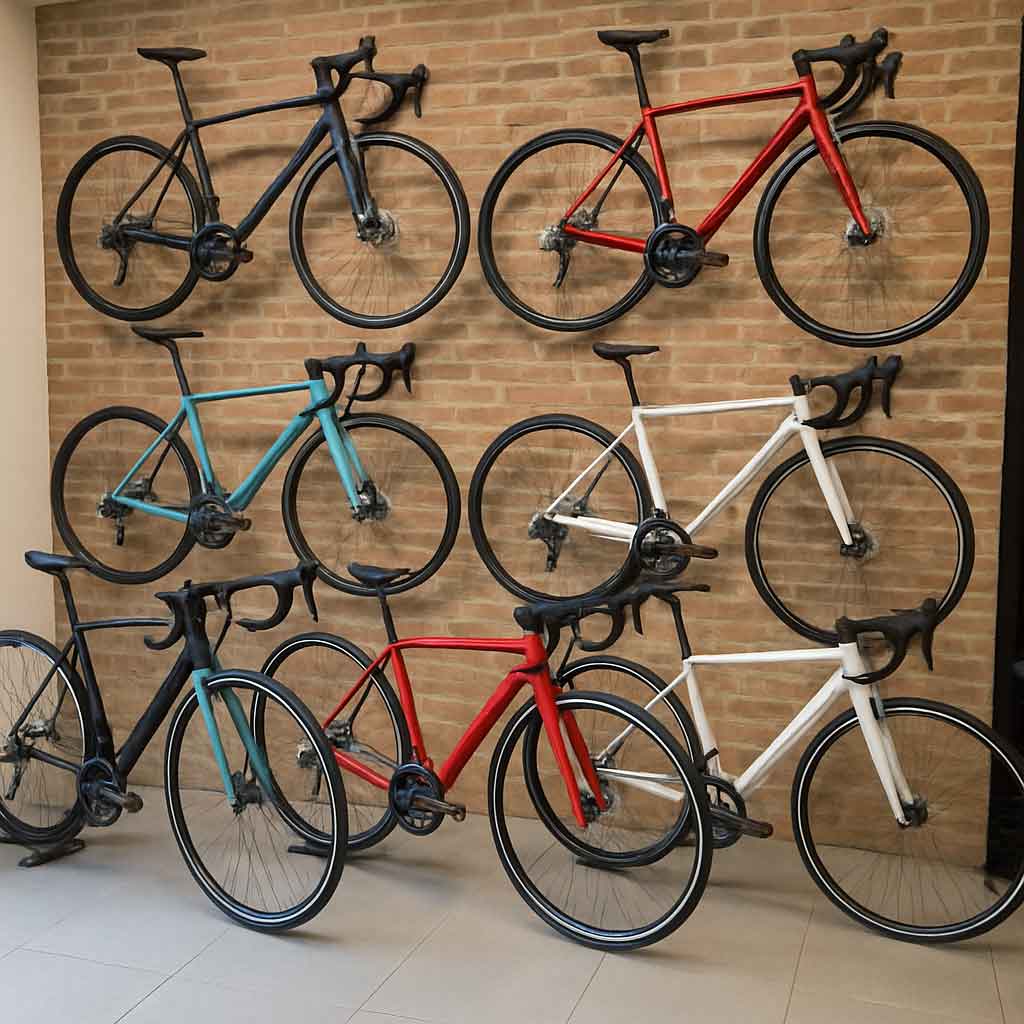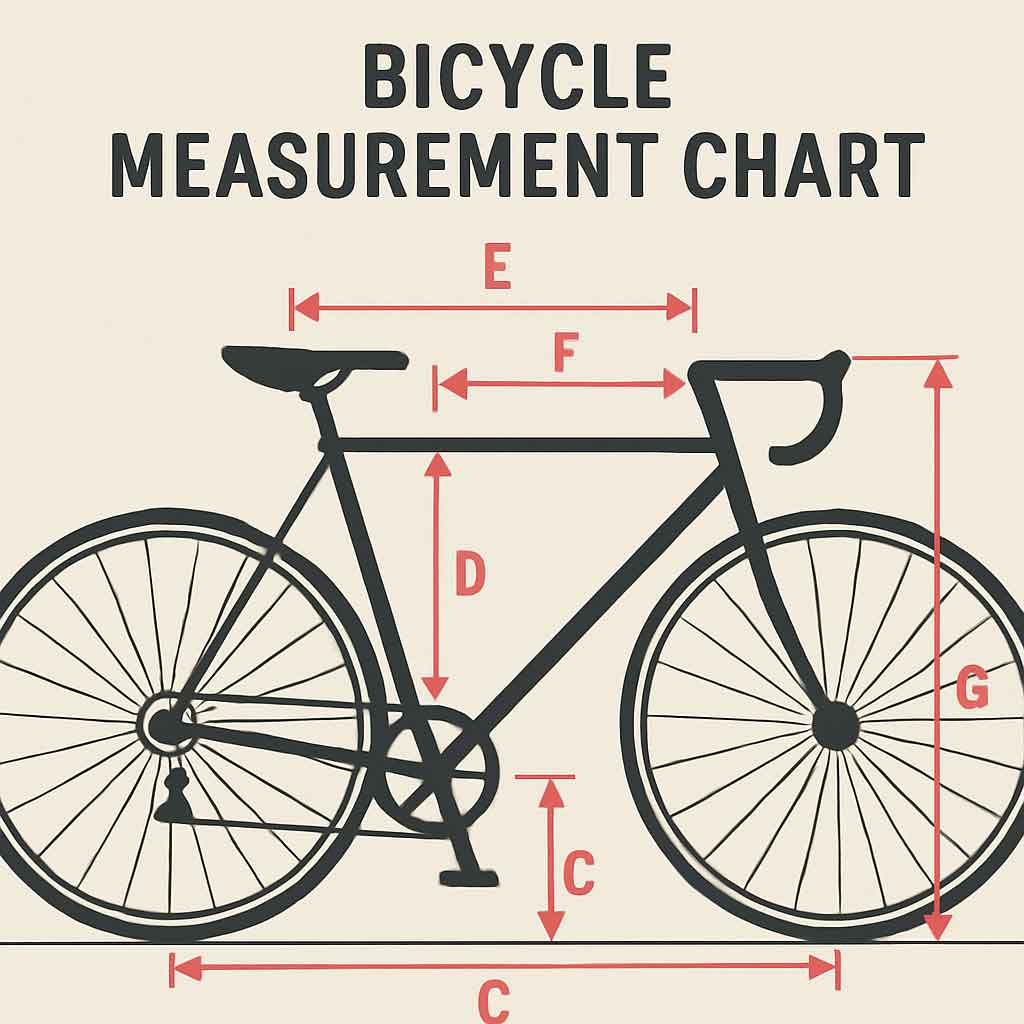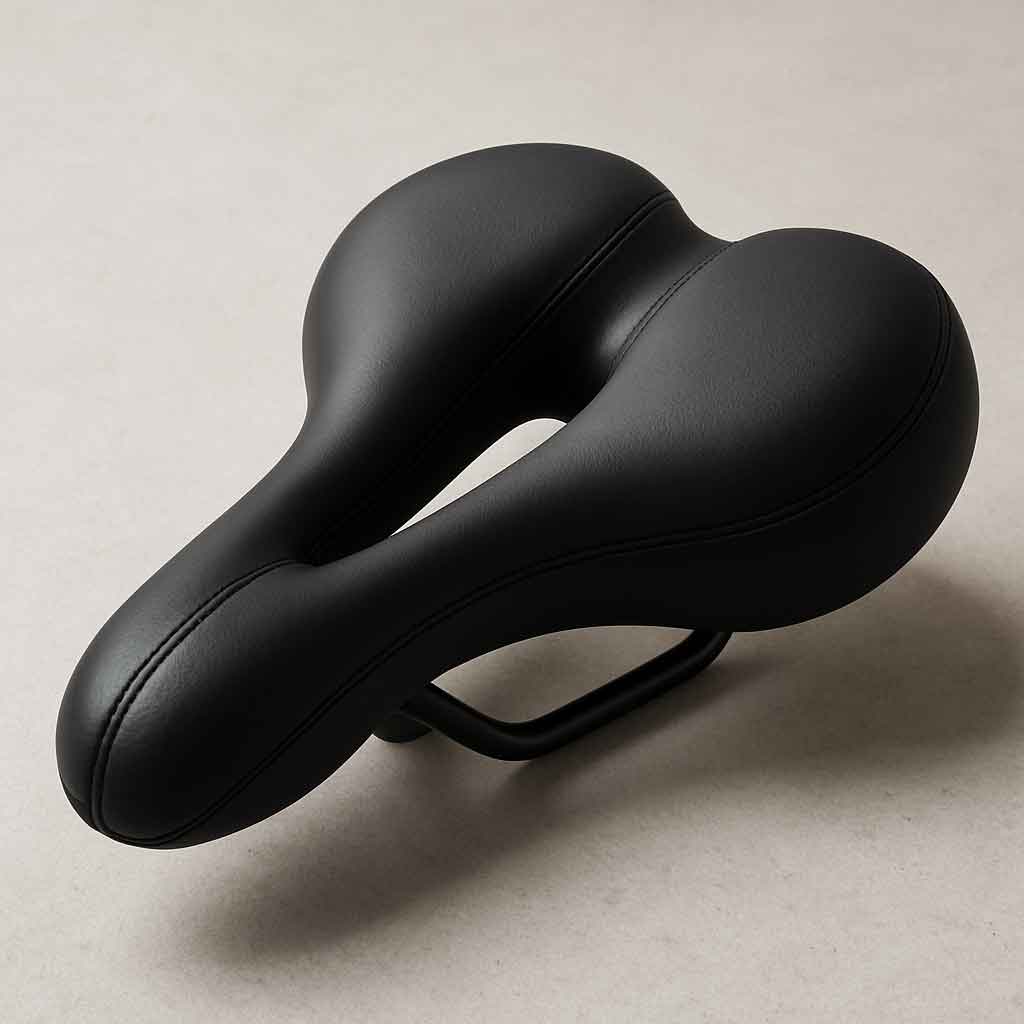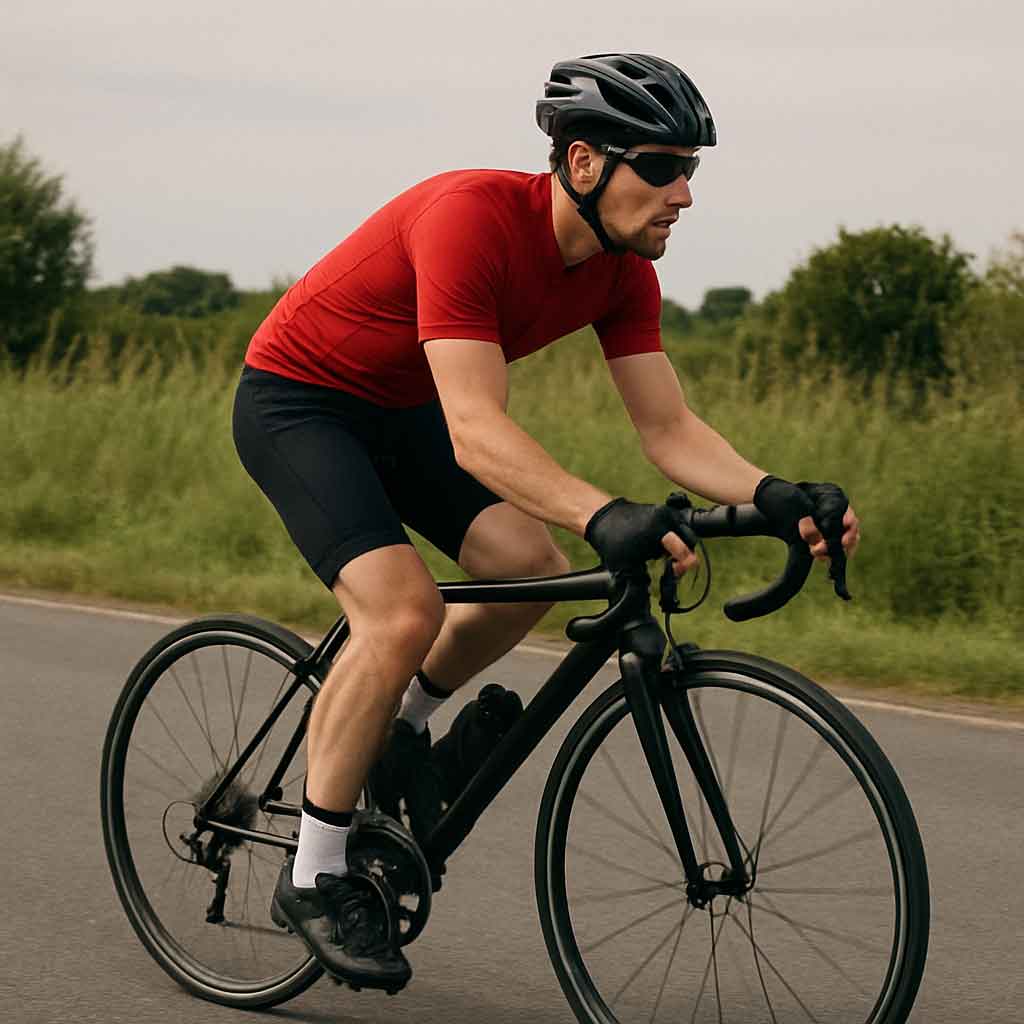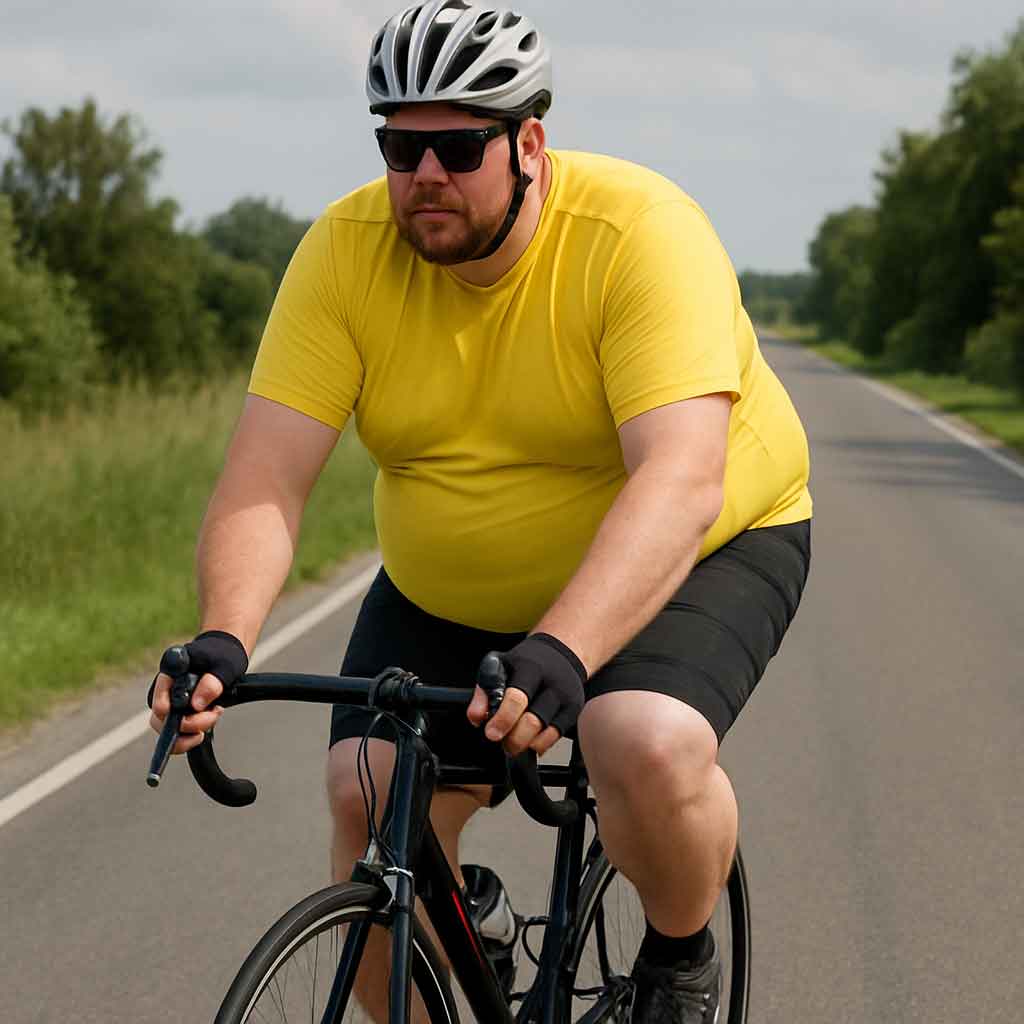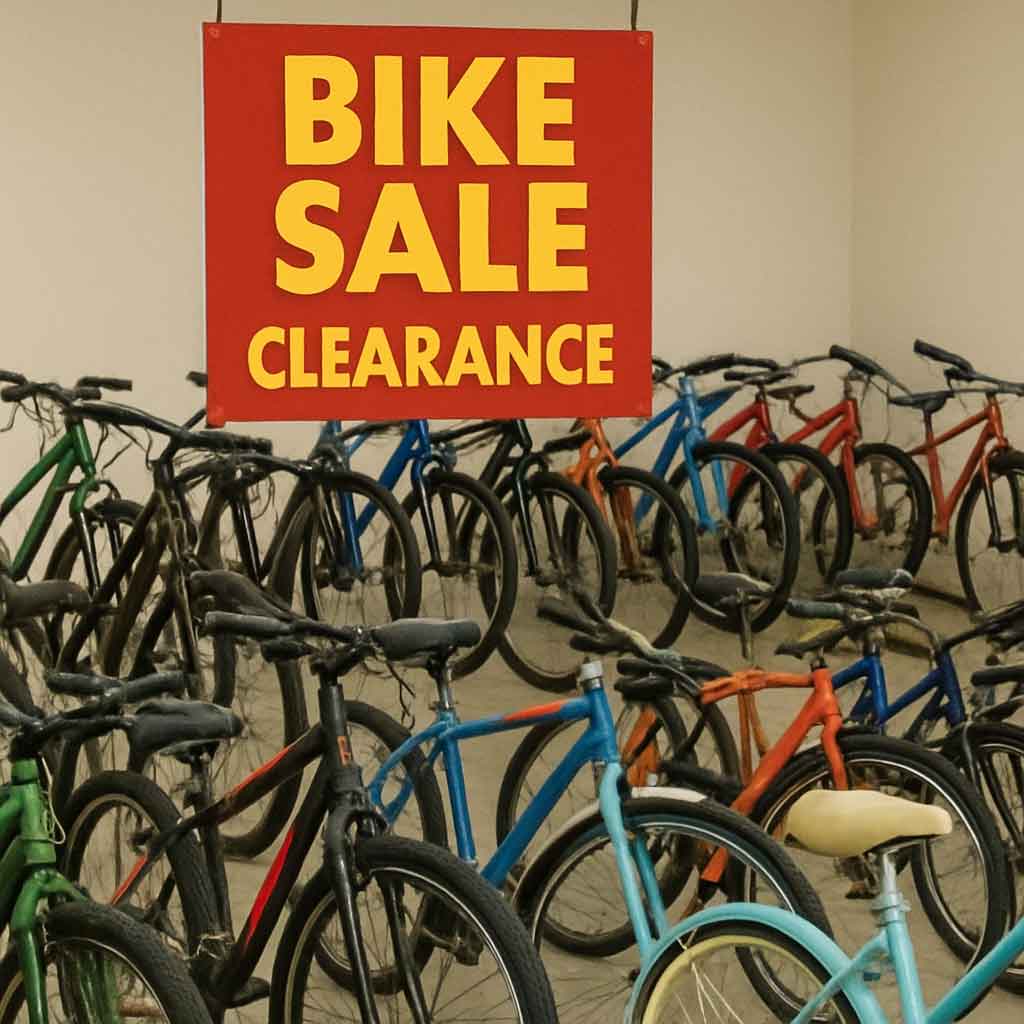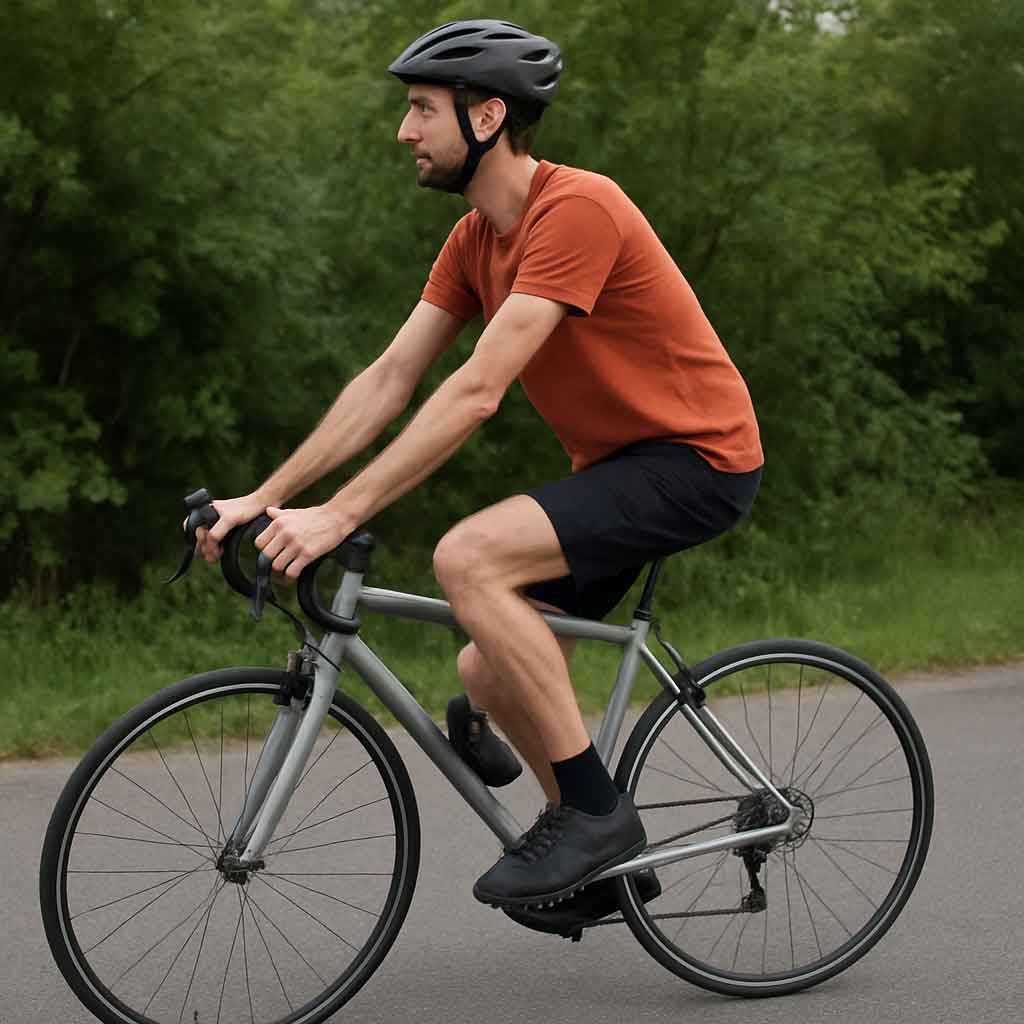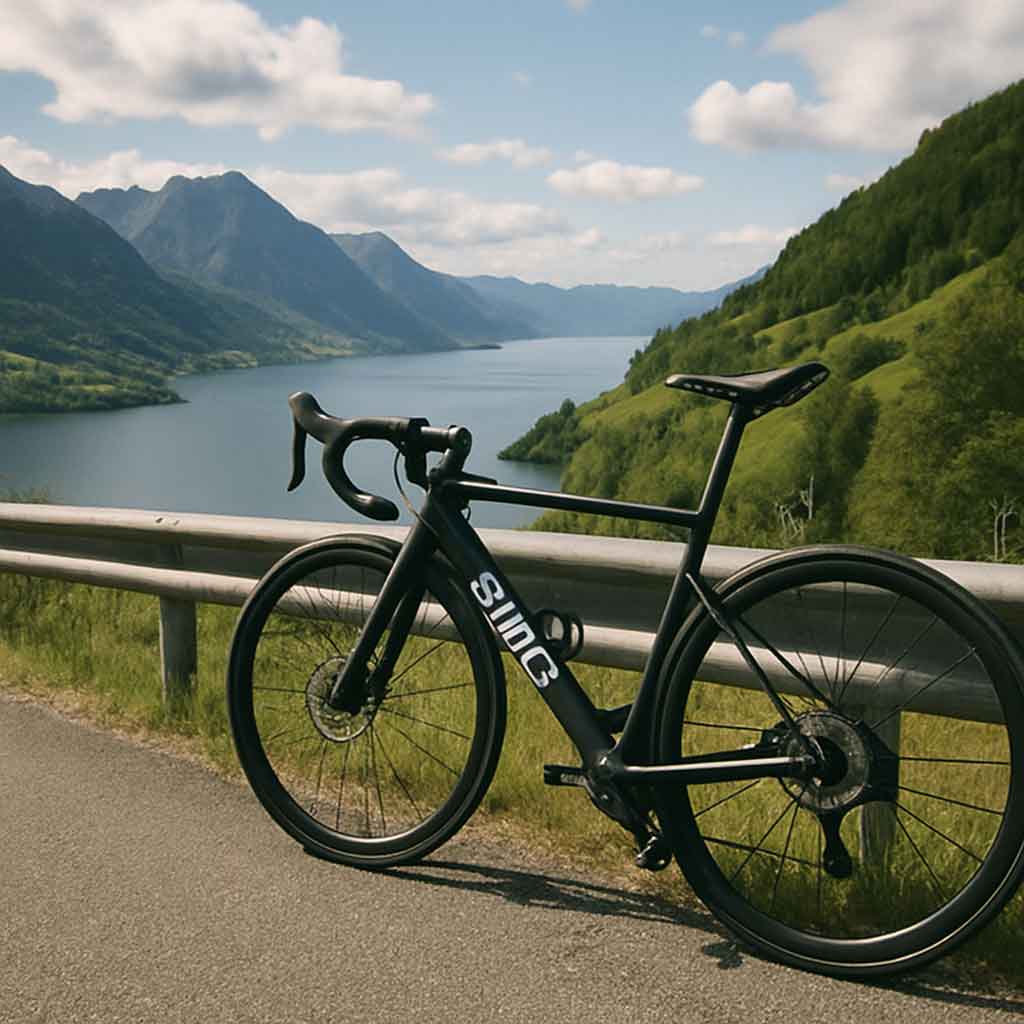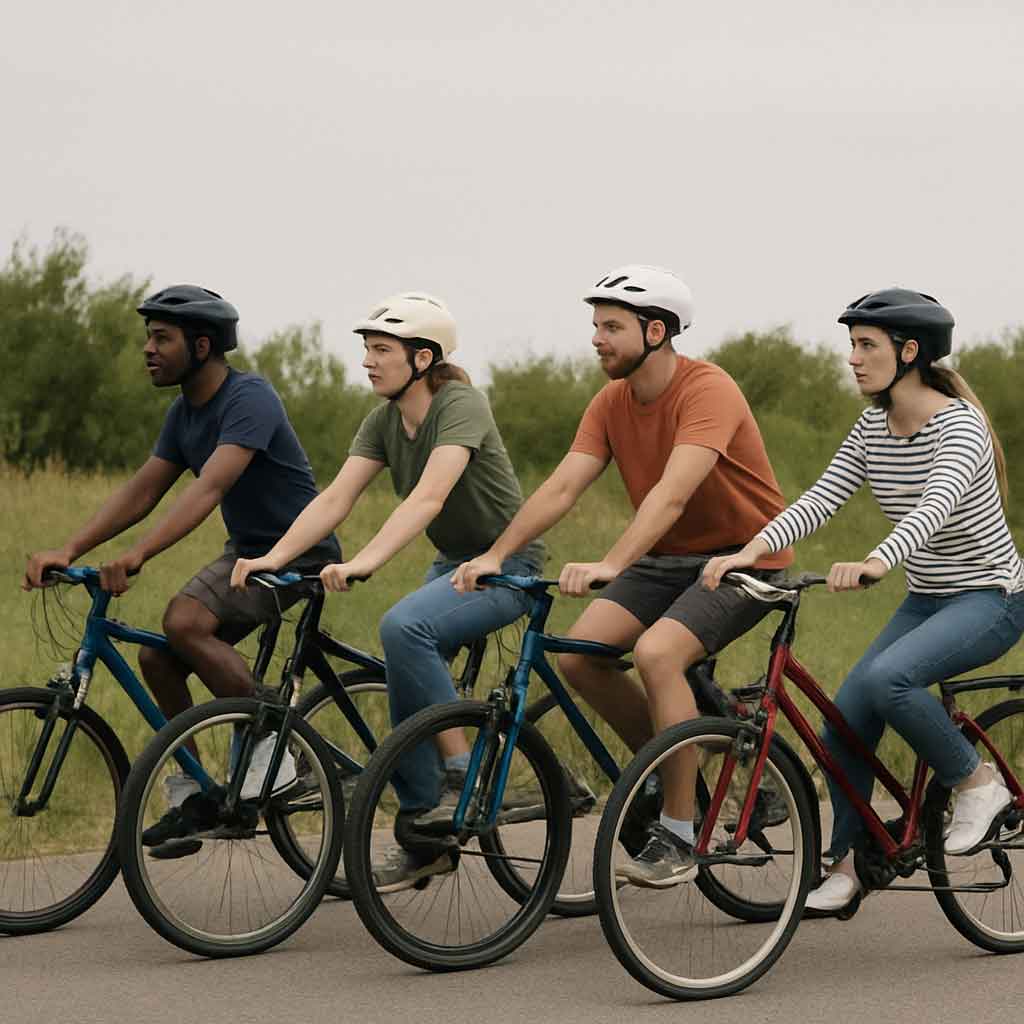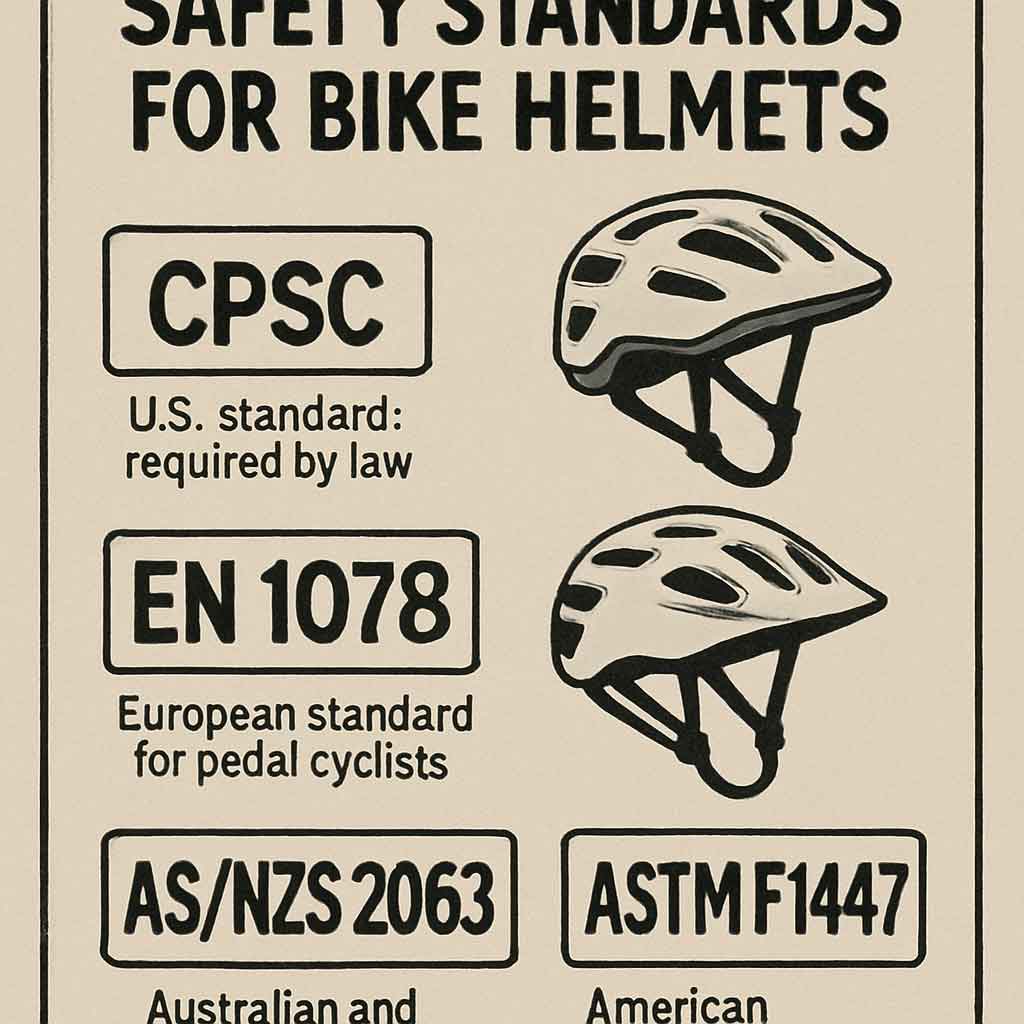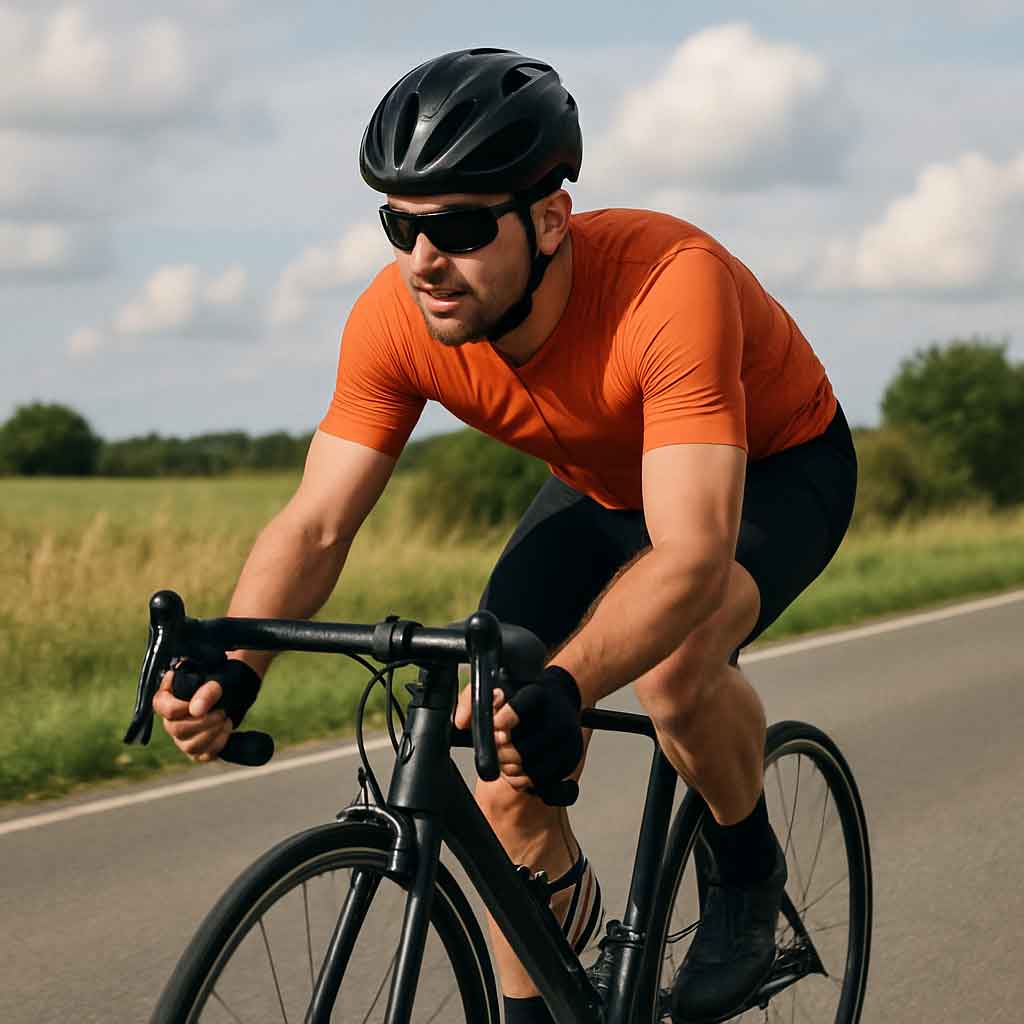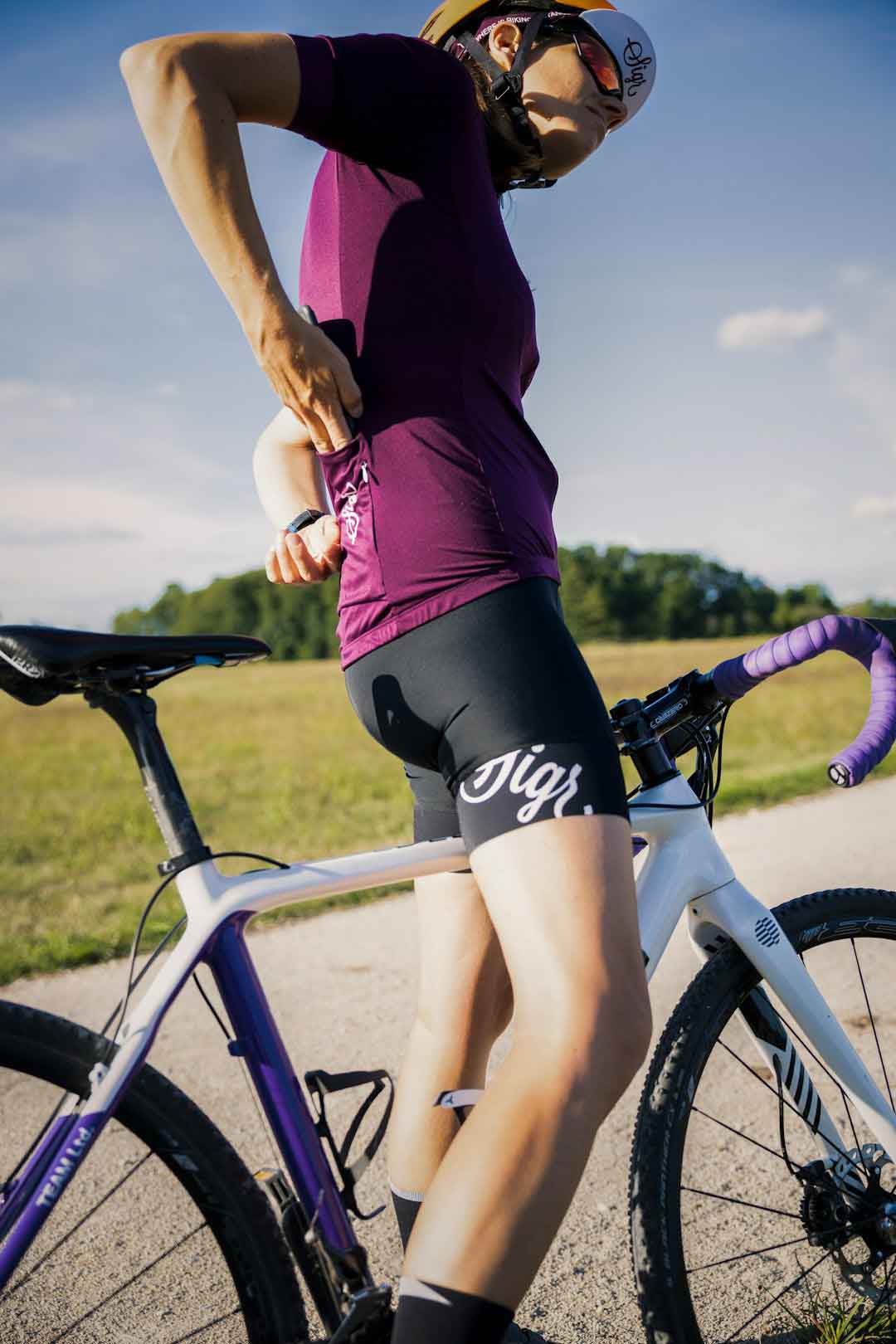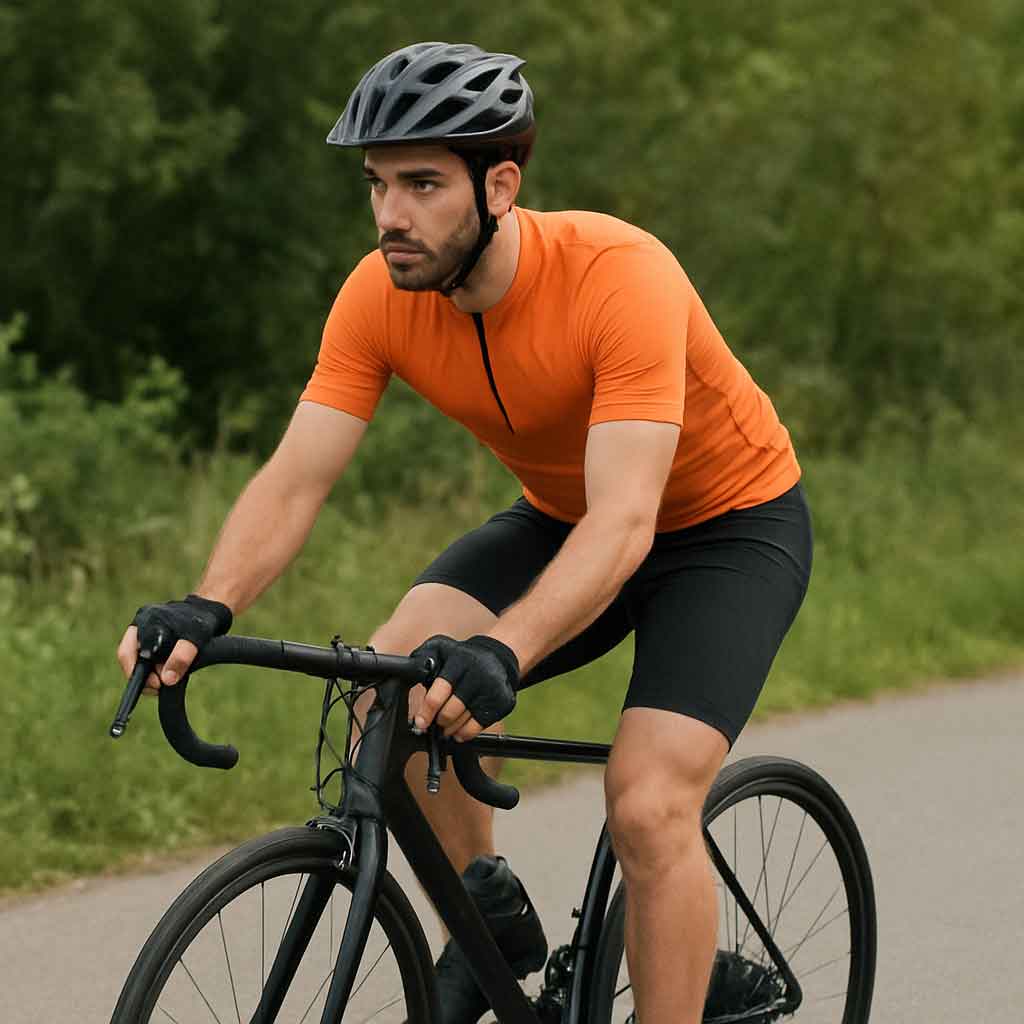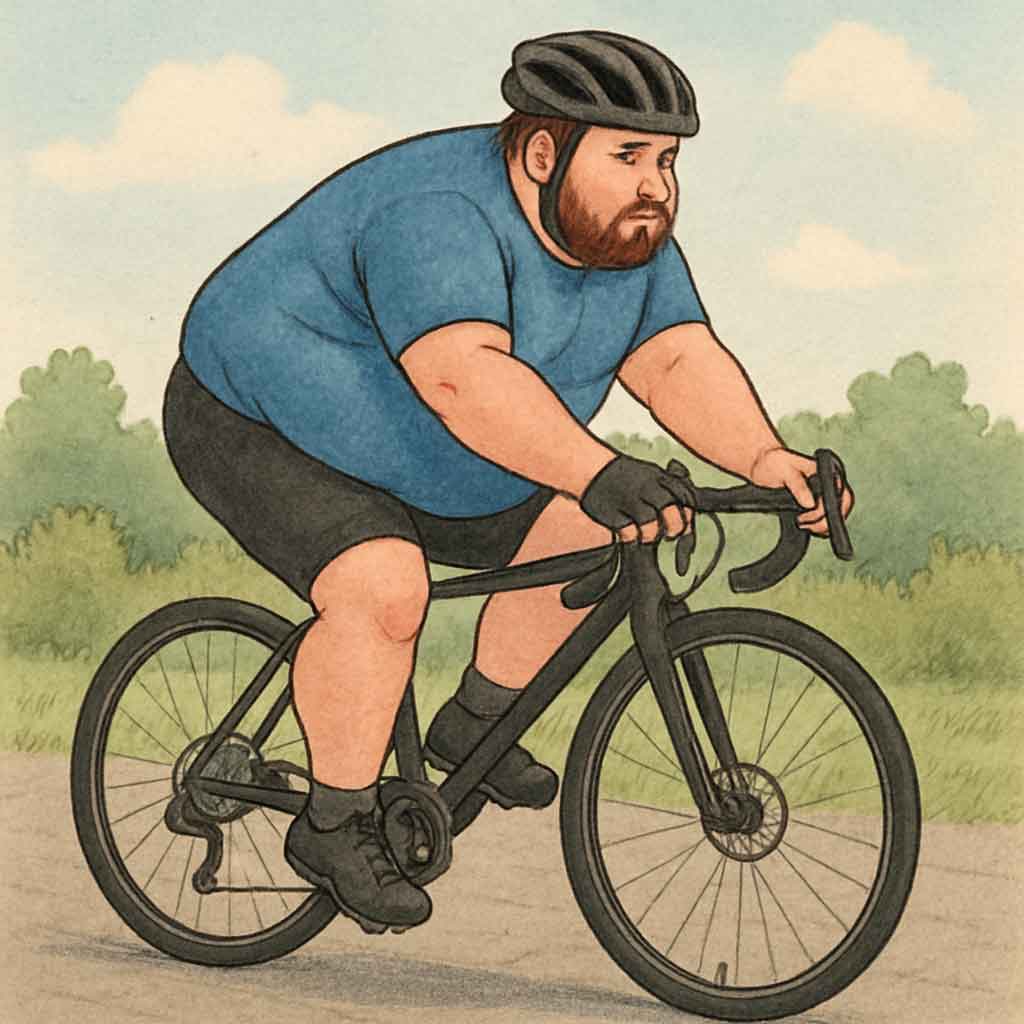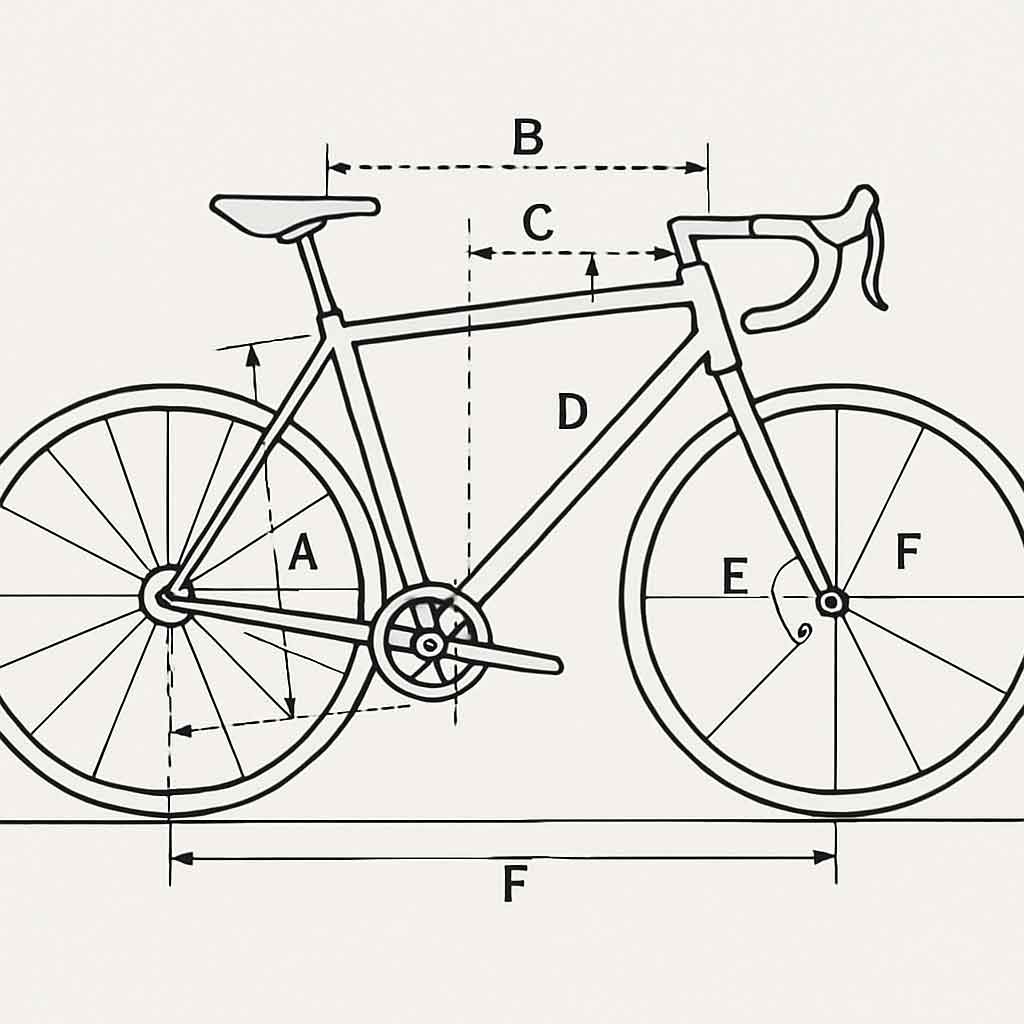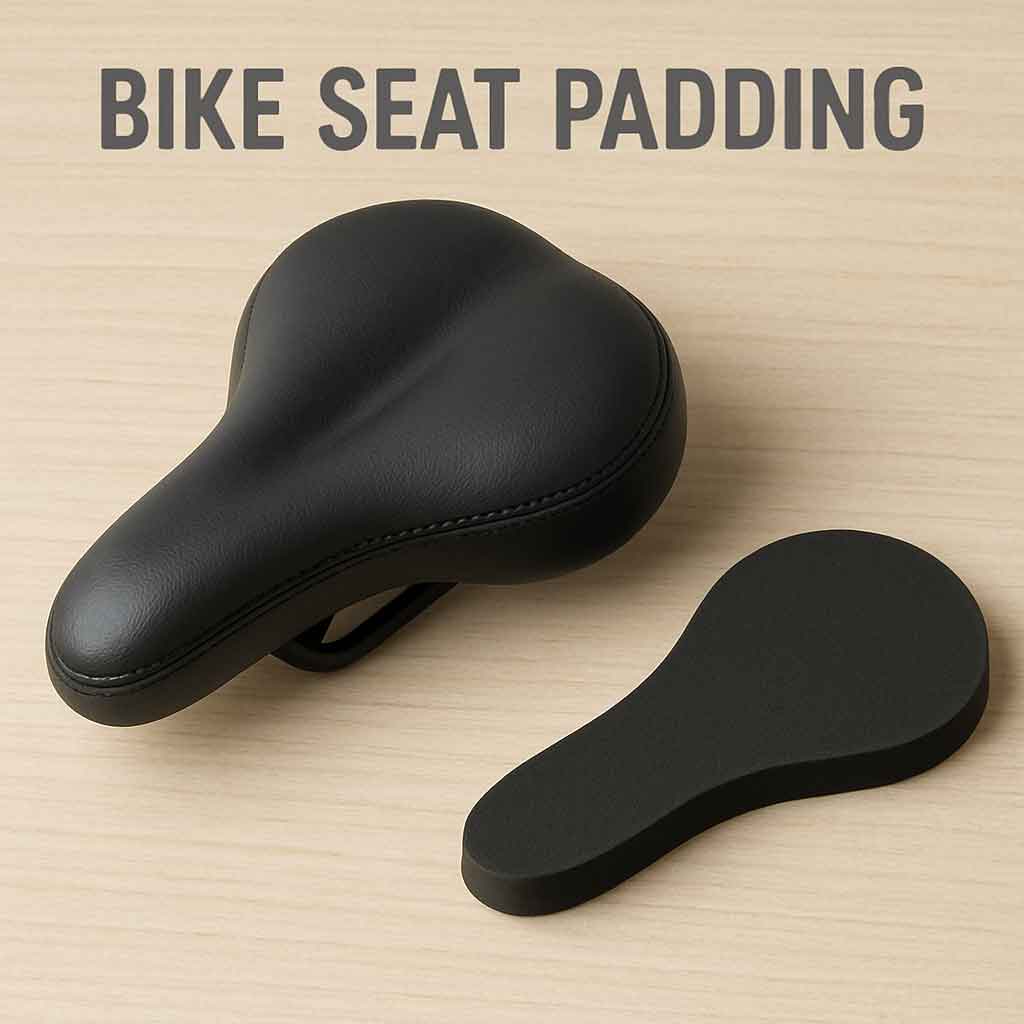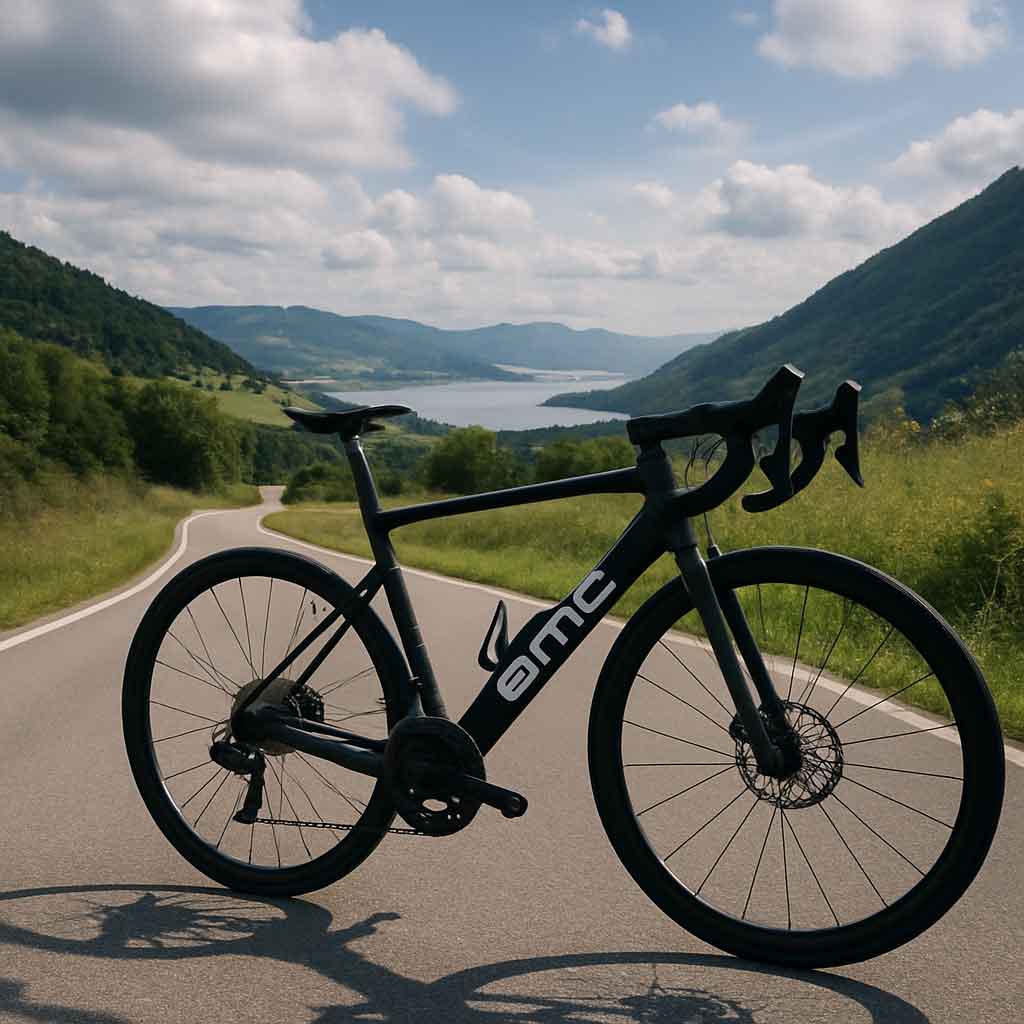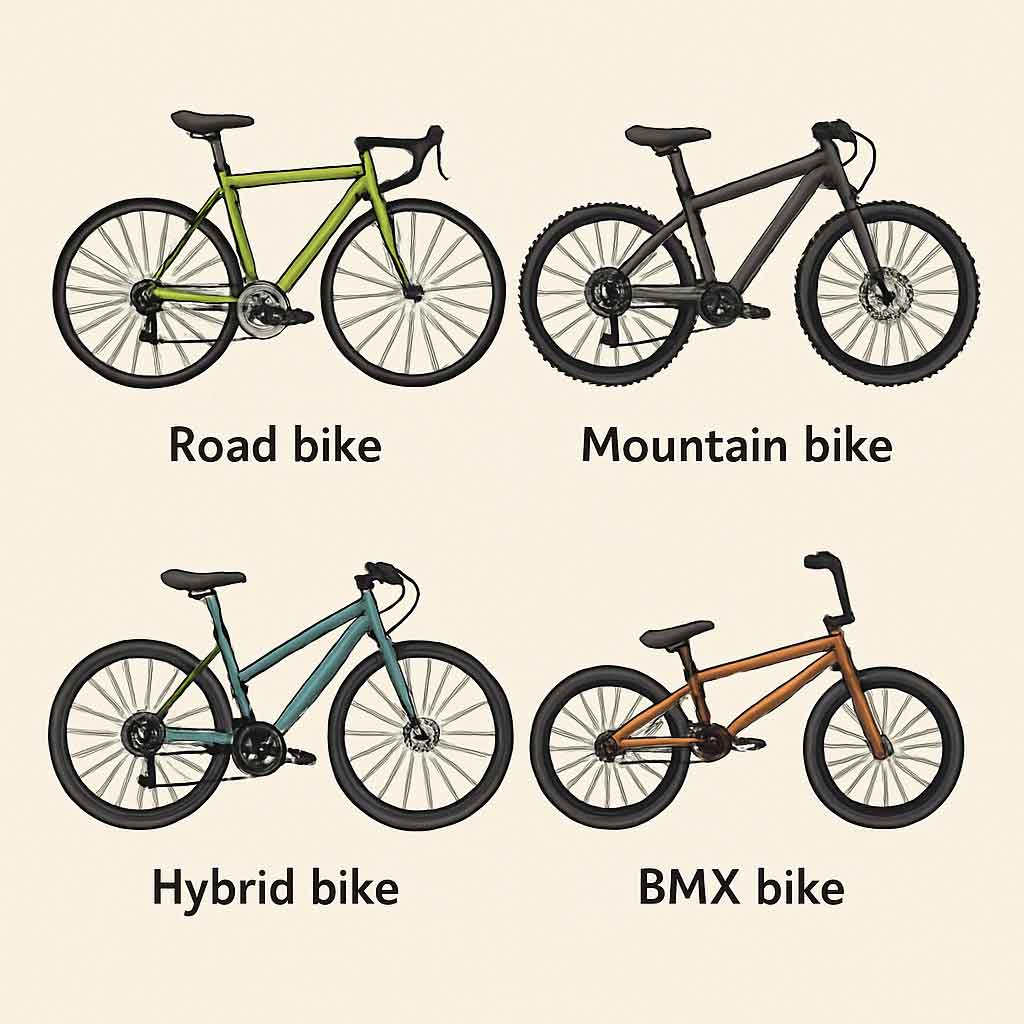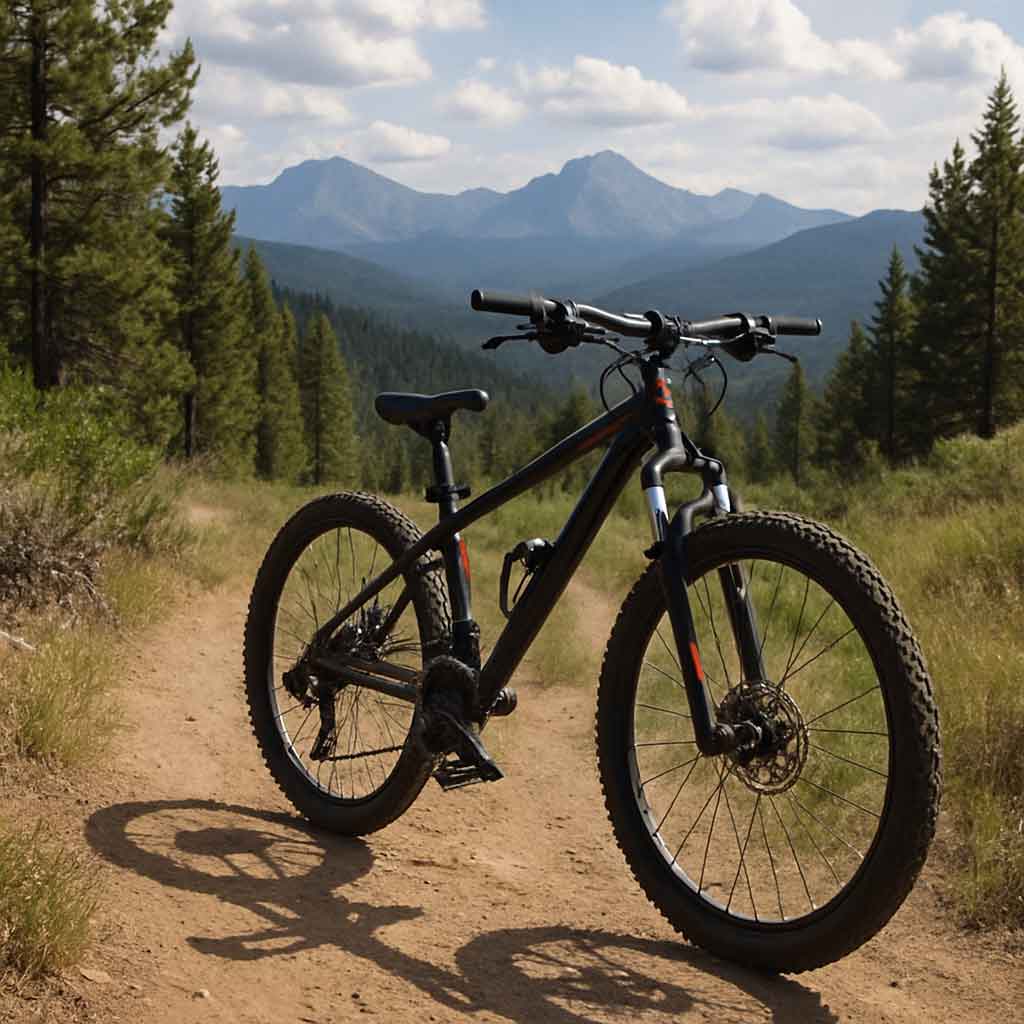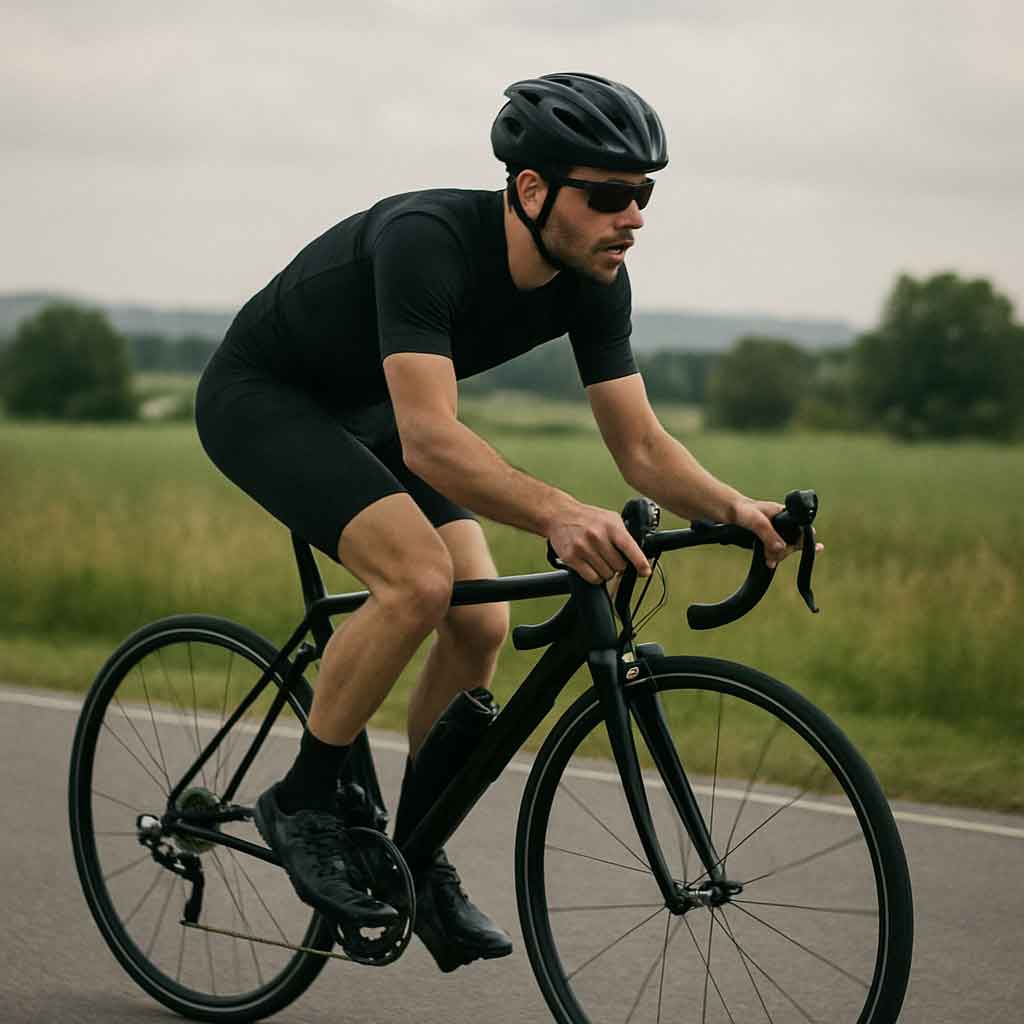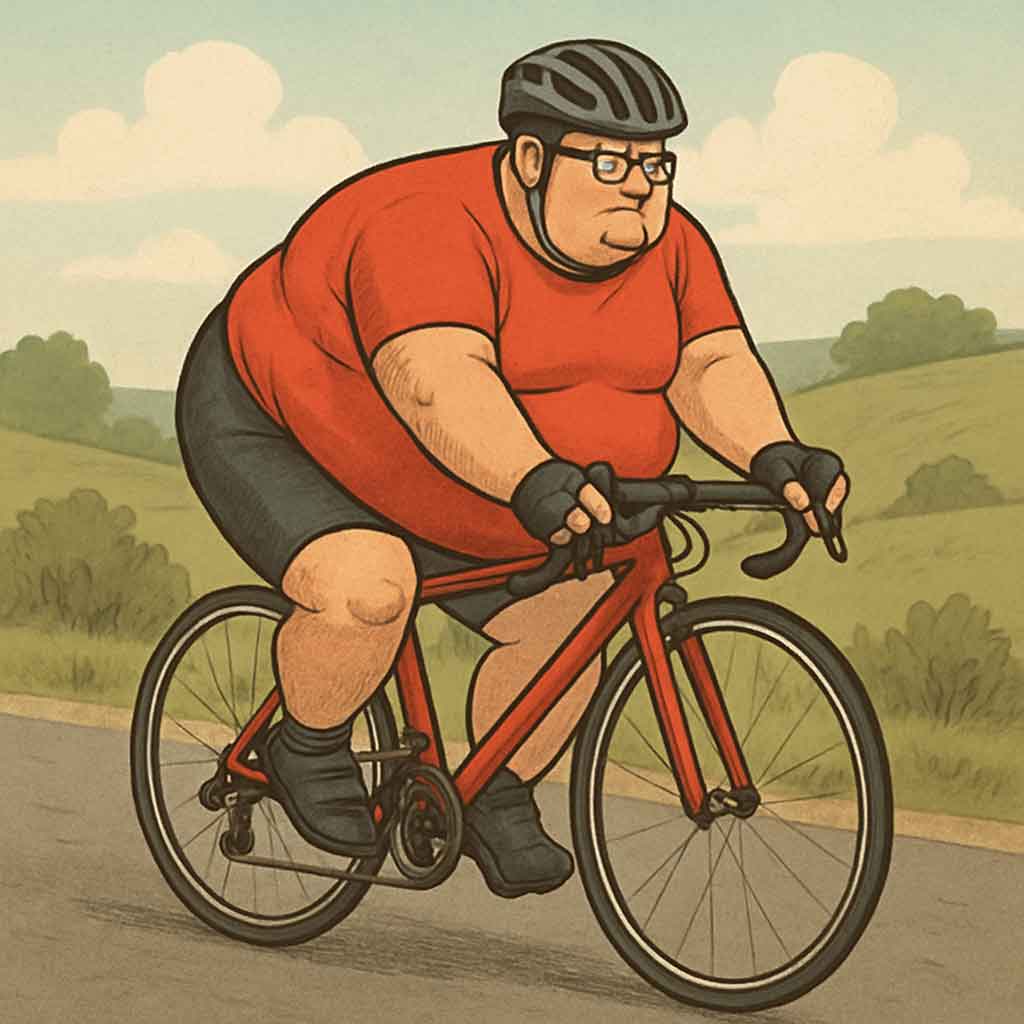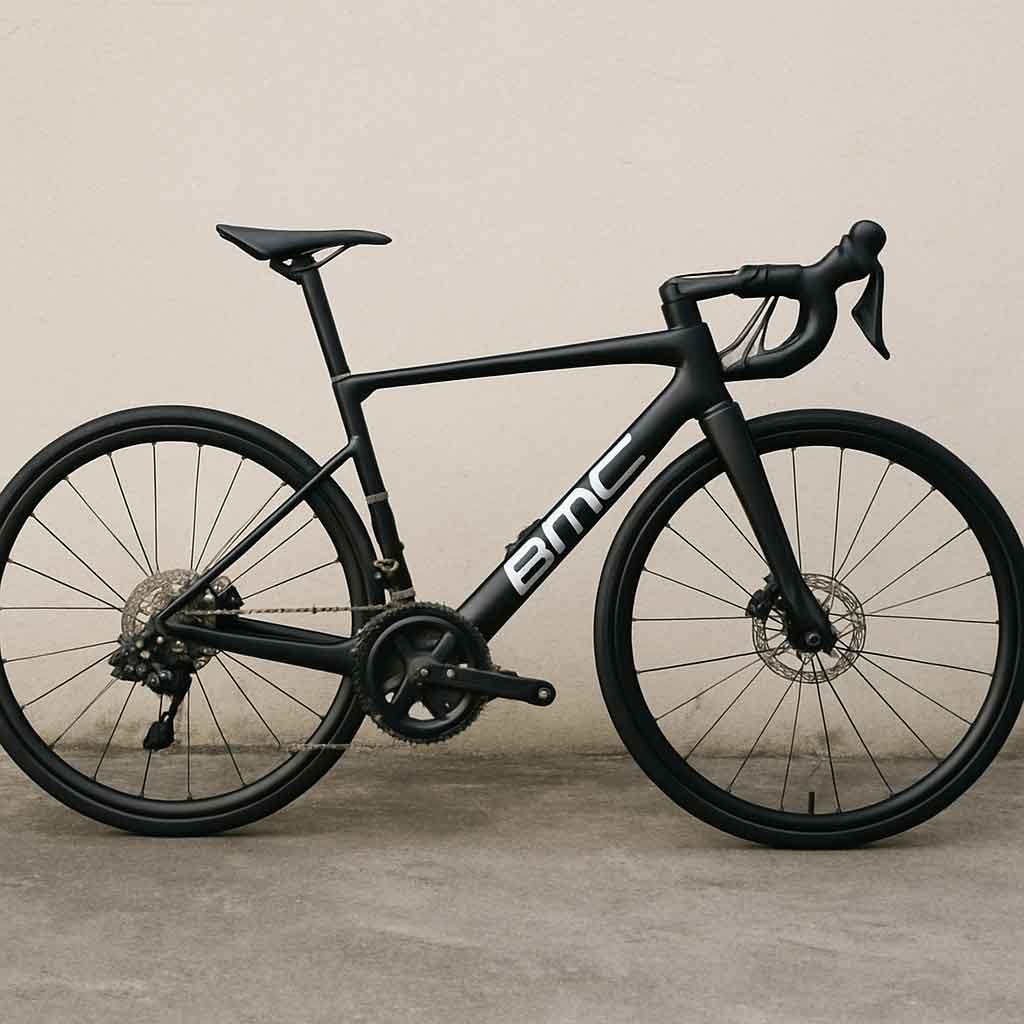Riding a bike should be a pleasure, not a pain. Whether you're commuting, touring, or racing, the right bike saddle can make all the difference. With so many options available, it can be daunting to find the perfect fit for your needs. The choice of a saddle can significantly impact your overall cycling experience, influencing everything from posture to endurance. That's why we're here to guide you through the process of selecting a comfortable bike seat that enhances your cycling experience, ensuring that each ride is as enjoyable and pain-free as possible.

A bike saddle is more than just a seat; it's a crucial part of your bicycle that affects comfort and performance. The right saddle supports your sit bones, reduces pressure on sensitive areas, and accommodates your riding style. An ill-fitting saddle can lead to discomfort, numbness, and even long-term injuries, making it essential to choose wisely. Here are some key factors to consider, which will help you zero in on the saddle that's perfect for you:
Anatomy of a Bike Saddle
- Shell: The foundation of the saddle, providing shape and support. A well-designed shell will distribute your weight evenly and maintain structural integrity under different riding conditions.
- Padding: Offers cushioning, which can vary from minimal to plush. The choice of padding affects not just comfort, but also the overall weight of the bike, which can be a critical factor for competitive cyclists.
- Cover: The outer material that protects the padding. This layer should be both durable and breathable, ensuring longevity and comfort regardless of weather conditions.
- Rails: Attach the saddle to the bike post and allow for adjustments. The material of the rails, such as steel or titanium, can influence the weight and flexibility of the saddle.
- Cut-out: A central groove or hole that relieves pressure on sensitive areas. This feature is particularly beneficial for long rides, as it helps prevent numbness and discomfort.
Types of Bike Saddles
- Road Bike Saddles: Lightweight and streamlined for speed, often with less padding. They are designed for aerodynamics and efficiency, catering to those who prioritize speed over comfort.
- Mountain Bike Saddles: Durable with more padding to handle rough terrain. These saddles are built to withstand the rigors of off-road cycling, providing stability and support during bumpy rides.
- Commuter Saddles: Designed for comfort over short distances, often wider and more padded. They balance comfort with practicality, making everyday rides more enjoyable and less taxing on the body.
- Performance Saddles: Aimed at serious cyclists, balancing comfort and efficiency. These saddles often incorporate advanced materials and ergonomic designs to enhance performance without sacrificing comfort.
What to Look for in a Comfortable Bike Seat
Finding the comfiest bike saddle involves more than just picking the most padded option. Comfort is subjective and depends on factors like your anatomy, riding style, and the type of cycling you do. A well-chosen saddle enhances not only comfort but also your cycling efficiency and enjoyment. Let's delve deeper into the aspects that contribute to a comfortable ride:
Fit and Shape
A comfortable bicycle seat should match the width of your sit bones. Consider getting measured at a local bike shop to find the right fit. The shape of the saddle also matters; some riders prefer a flat surface, while others might need a curved saddle for extra support. It's crucial to consider how the saddle's shape complements your natural posture and pedaling style, as this can significantly affect your cycling experience over long distances.
Padding and Material
While more padding might seem better, too much can lead to discomfort on long rides. Instead, look for high-quality padding materials like gel or memory foam, which offer support without excessive bulk. The cover material should be durable and weather-resistant, such as leather or synthetic. The choice of materials not only affects comfort but also the saddle's durability, making it essential to select a combination that suits your specific cycling needs and environmental conditions.
Features for Added Comfort
- Cut-outs: Relieve pressure on soft tissues and improve airflow, which can be especially beneficial during intense cycling sessions.
- Suspension: Some saddles have built-in suspension to absorb shocks from bumpy roads, offering a smoother and more enjoyable ride.
- Flexibility: A flexible shell can adapt to your movements, enhancing comfort by reducing resistance and allowing natural motion.
Recommendations for Comfortable Bike Saddles

Choosing the right saddle can transform your cycling experience. Here are some top recommendations based on gender and cycling needs, each offering a unique blend of comfort, performance, and durability:
For Men
- Selle Italia SLR Boost: Known for its lightweight design and anatomical cut-out, this is considered one of the best road bike seats for males. Its sleek design and premium materials make it a favorite among competitive cyclists.
- Brooks B17: A classic leather saddle that molds to your shape over time, ideal for long rides. Its timeless design and durability make it a worthy investment for cyclists who prioritize comfort and style.
- ISM PN 3.0: Offers a noseless design that reduces pressure on sensitive areas, making it one of the most comfortable men's bike saddles. Its innovative shape and construction cater to those seeking maximum comfort during extended rides.
For Women
- Terry Butterfly: Specifically designed for women, this saddle combines a wide shape with a pressure-relieving cut-out. Its ergonomic design addresses the unique anatomical needs of female cyclists, ensuring comfort on every ride.
- Selle SMP TRK Lady: Offers ample padding and a pronounced cut-out for ultimate comfort. This saddle is perfect for those who require extra support and cushioning, especially during longer rides.
- Specialized Power Expert: Features a short nose and wide cut-out, ideal for aggressive riding positions. Its design caters to women who engage in high-intensity cycling, offering both comfort and performance.
For Long Rides
- Fizik Aliante R1: Combines comfort and performance with a carbon-reinforced shell and twin flex technology. This saddle is built for endurance, providing the support needed for hours in the saddle without compromising on performance.
- Ergon SR Pro: Designed to reduce fatigue, its orthopedic padding and gender-specific shape make it suitable for extended rides. Its thoughtful design promotes a healthy cycling posture and minimizes pressure on sensitive areas.
How to Test a Bike Saddle

by Team Evelo (https://unsplash.com/@eveloelectricbikes)
Before committing to a saddle, it's important to test it. Many bike shops offer demo programs where you can try different saddles. Testing ensures that you find a saddle that suits your body and riding style. Here's how to ensure you're making the right choice:
- Adjust Properly: Ensure the saddle is level and at the correct height for your body. Proper adjustment can prevent discomfort and injuries, allowing for a more efficient pedaling motion.
- Ride for at Least an Hour: Short rides won't reveal how comfortable a saddle truly is. An extended test ride will help you assess how the saddle performs under real-world conditions.
- Listen to Your Body: Pay attention to any pressure points or discomfort. Your body's feedback is crucial in determining whether a saddle is the right fit for you.
Maintenance Tips for Your Bike Saddle
Once you've found the best bicycle seat, proper maintenance will ensure it lasts for many miles. Regular care can extend the life of your saddle, keeping it comfortable and functional:
- Regularly Check for Damage: Inspect for tears or worn areas that could affect comfort. Early detection of damage can prevent further deterioration and the need for costly replacements.
- Keep It Clean: Use a damp cloth to wipe down after rides, especially in wet conditions. Regular cleaning prevents the buildup of dirt and moisture, which can degrade materials over time.
- Protect from the Elements: Use a cover when storing your bike outside to prevent weather damage. Exposure to harsh weather can weaken the saddle's materials, reducing its lifespan.
Conclusion
Choosing the right bike saddle is essential for an enjoyable and pain-free cycling experience. By understanding the different types of saddles and what features to look for, you can find the most comfortable bike seat that suits your needs. Whether you're a casual commuter or a serious cyclist, investing in a quality saddle will upgrade your ride and keep you pedaling happily for years to come. Remember, the right saddle not only enhances comfort but also improves your overall cycling performance, making every journey more enjoyable.

